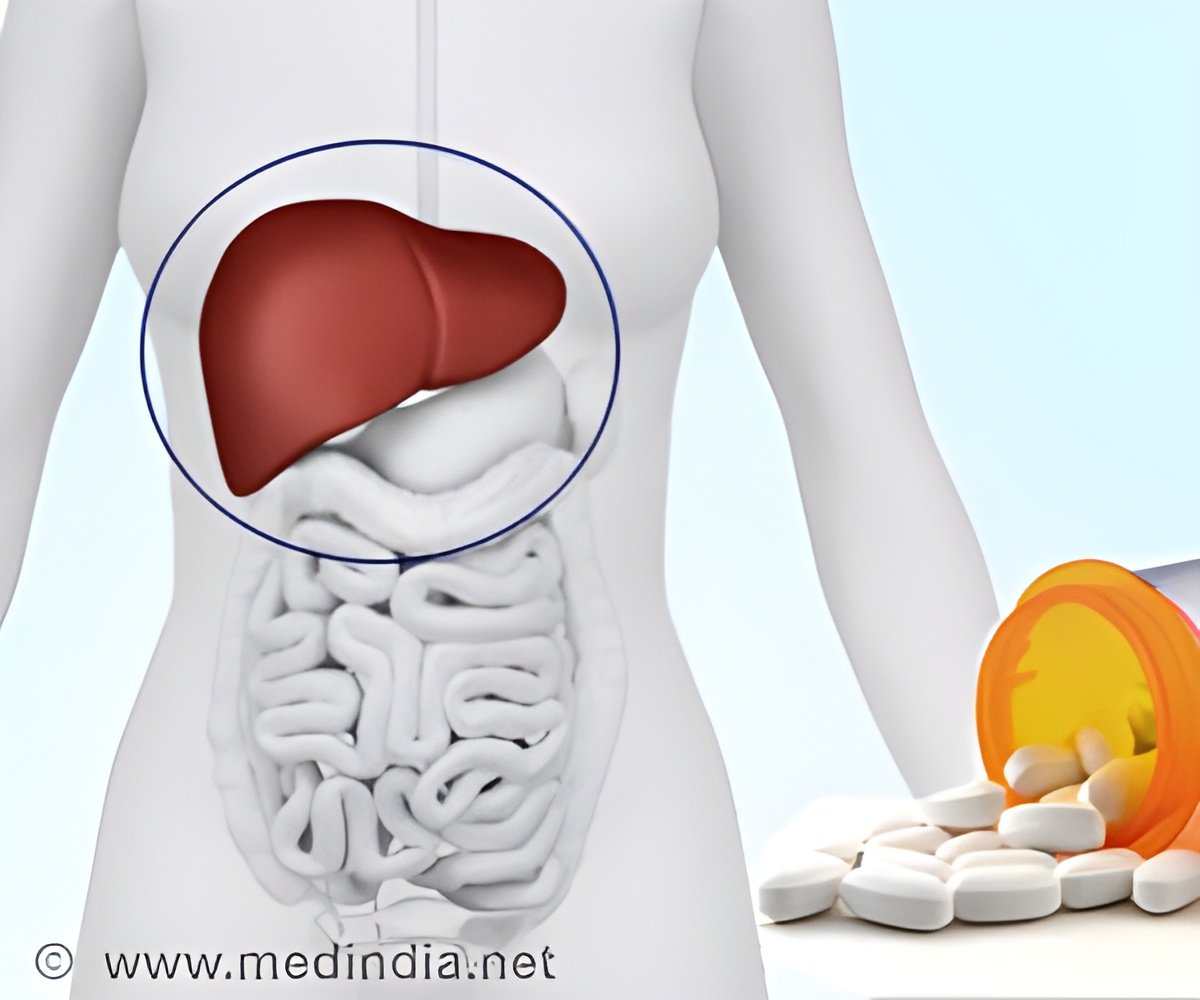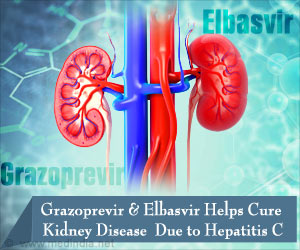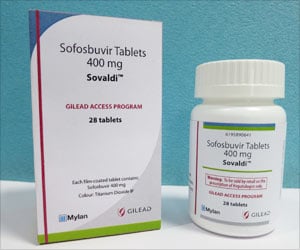
‘There is a hint of added benefits in two out of ten subindications for sofosbuvir/velpatasvir combination.’
Tweet it Now
Research question based on virus type and liver statusHepatitis C is caused by infection with an RNA virus, of which there are several genotypes. One of the factors determining treatment is whether patients already have cirrhosis and whether this cirrhosis is compensated or decompensated -- i.e. whether the liver tissue not yet affected can still maintain the functioning of the organ or not.
The Federal Joint Committee (G-BA) therefore distinguished eight groups of patients, two of which it divided further into subgroups, resulting in a total of ten research questions to be investigated. The appropriate comparator therapies consisted of other antiviral therapies in nine subindications, and in best supportive care, i.e. best possible, individually optimized treatment to alleviate symptoms and improve the quality of life, for patients with genotype 2 to 6 and decompensated cirrhosis.
Hint of considerable added benefit in virus genotype 2
Data from the ASTRAL-2 study, in which the antiviral treatment in both arms lasted 12 weeks, were available for patients without cirrhosis or with compensated cirrhosis infected with genotype 2 viruses. According to the approval of sofosbuvir, treatment in the comparator arm could have been extended to 24 weeks, however. The informative value of the results was limited by the fact that this option was not used and by the lack of analyses on the outcome "sustained virologic response" 24 weeks after the end of treatment: Only data on virologic response 12 weeks after the end of treatment were submitted.
Advertisement
Virus genotype 3: hint of non-quantifiable added benefit
Advertisement
The new drug combination had an advantage over the comparator therapy in sustained virologic response. There were hints of lesser harm in the outcome "discontinuation due to adverse events"; no conclusions were possible for other outcomes. Overall, this resulted in a hint of an added benefit of the new drug combination, which is non-quantifiable, however.
Historical comparisons and consideration of individual study arms unsuitable
The drug manufacturer only submitted unadjusted historical comparisons for patients infected with genotype 1 viruses and for patients without cirrhosis infected with genotype 4 viruses. Based on these comparisons, conclusions on the added benefit would only be possible if the observed effects were so large that they could not be caused by systematic bias alone. Such so-called dramatic effects were not present in this case.
For the remaining four subindications, the manufacturer submitted data on the new drug combination, but not on the corresponding appropriate comparator therapies. Based on this, no added benefit could be derived for the research questions of the benefit assessment.
Overall, an added benefit of sofosbuvir/velpatasvir in comparison with the appropriate comparator therapies is not proven for eight of ten subindications. There is a hint of an added benefit in two subindications.
G-BA decides on the extent of added benefit
The dossier assessment is part of the early benefit assessment according to the Act on the Reform of the Market for Medicinal Products (AMNOG) supervised by the G-BA. After publication of the dossier assessment, the G-BA conducts a commenting procedure and makes a final decision on the extent of the added benefit.
Source-Eurekalert














